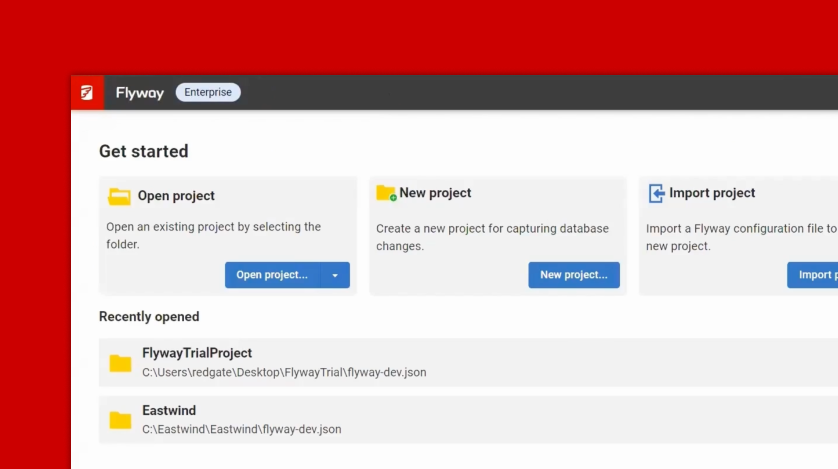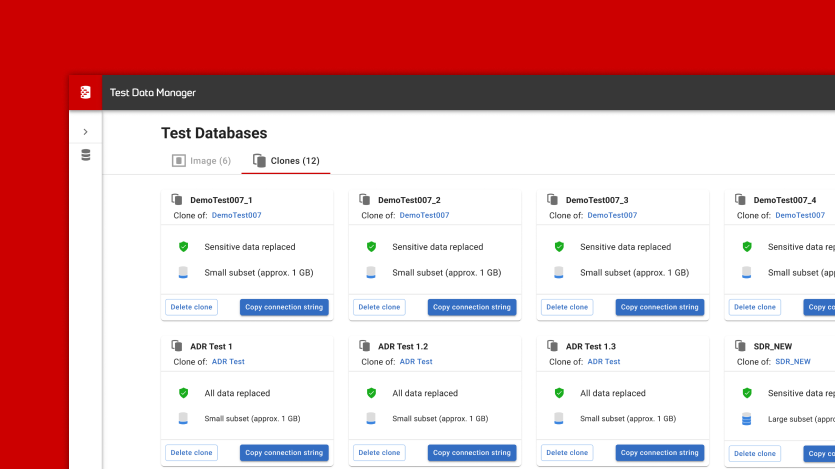Building the Foundations for AI Readiness
Everyone wants to move faster with AI, but few are truly ready for it. This is where organizations can position themselves better as AI readiness isn’t just about algorithms, it’s about whether your data, systems, and teams are prepared to support intelligent automation safely and effectively.
According to Redgate’s 2025 ‘State of the Database Landscape’ study, 91% of organizations are still not considered AI-data-ready. Data sprawl, unclear ownership, and fragile pipelines mean teams spend more time fixing problems than driving progress. It’s important to remember that while technology is constantly evolving, organizations must evolve too otherwise the repercussions are waves of issues that spread far and wide, uncovering more challenges for teams as they attempt to drive innovation forward.
The challenges holding teams back
Despite rapid advances in tooling, many organizations are finding that AI readiness is harder to achieve than expected. Legacy databases, manual workflows, and inconsistent data practices create fragility in the systems that AI depends on.
In tandem with this, most estates have grown organically over time causing ownership to be fragmented, documentation is incomplete, and schema changes are often handled manually. When that foundation wobbles, every AI project built on top of it becomes fragile.
Data quality is another major barrier. Unstructured or inconsistent data leads to unreliable insights and unpredictable model behavior. Add in rising compliance expectations and the risk multiplies. Sensitive data can surface where it shouldn’t if discovery and masking aren’t automated.
And then there are people. Teams are already stretched, balancing security, and delivery with little room for experimentation. That’s the human side of data readiness. AI success isn’t just about infrastructure; it’s about giving skilled professionals the time, tools, and trust to learn and evolve as technology changes around them.
Building on the AI opportunity
For teams that tackle these challenges, the rewards are real and immediate. Building a strong data-readiness layer transforms AI from an abstract concept into something dependable and scalable.
When database changes are version-controlled and traceable, teams move faster without losing control. When sensitive data is automatically masked or generated for testing and training, innovation happens safely inside a compliant framework. When performance is visible in real time, infrastructure can scale to meet demand without unexpected surprises.
AI can then do what it does best: remove friction and amplify human capability. Instead of replacing the expertise of DBAs and developers, it gives them the space to focus on optimisation, insight, and collaboration. It turns reactive maintenance into proactive improvement.
As Jakub Lamik, our CEO, recently put it, meaningful progress depends on connecting innovation to reality:
“Technology trends only make sense when they’re rooted in real-world experience. The most meaningful come from collective practice, not theory.”
That’s where the opportunity lies. When data governance, performance, and innovation align, AI stops being another wave of disruption and becomes a reliable engine for progress.
How Redgate Helps
At Redgate, we help organisations turn these principles into practice through four connected layers of data readiness. Each one removes friction, strengthens governance, and builds the confidence teams need to innovate with AI safely and effectively.
- Optimize your database schema for AI workloads
Standardize workflows across your database estate and ensure traceability from development to production for fast, stable, and compliant AI innovation. Make sure your database schemas evolve quickly and reliably in response to new AI requirements. - Compliant, realistic data for model training
Automatically discover and replace sensitive information so you can train models on realistic data without risk. Accelerate AI development from training to deployment with compliant, authentic datasets that reflect production environments safely. - Database performance you can trust for AI success
Combine real-time visibility with proactive alerting and trend analysis to prevent bottlenecks, optimise resources, and maintain responsive pipelines. Ensure your AI initiatives can rely on timely, high-quality data at scale. - Increase team productivity with AI-powered assistance
Establish stronger data management practices that directly support AI readiness and ensure data pipelines remain reliable and scalable. Streamline day-to-day operations and handle the growing data demands of AI development and deployment more efficiently.
Together, these capabilities help organisations bridge the gap between innovation and control, giving teams the clarity and confidence to deliver AI success on a solid foundation.
Lay the foundation for AI success with smarter database management
True readiness isn’t about predicting every change that AI will bring. It’s about being confident you can adapt when it does. That starts with clean, secure, well-governed data and teams that have the visibility, trust, and freedom to experiment safely. When those conditions exist, AI doesn’t disrupt your organisation; it strengthens it.
As Graham McMillan, our CTO, put it:
“Innovation isn’t about chasing the next big thing. It’s about ensuring your foundations are strong enough to adapt to it.”
To see what AI readiness looks like in practice, visit our AI Data Readiness use case and explore how organizations are strengthening their foundations for intelligent innovation.
Read next
Blog post
How Redgate’s Foundry is Shaping the Future of Database Innovation with AI
Learn how Redgate’s Foundry drives AI innovation in database management - from intelligent monitoring and ML-based automation, to smarter SQL optimization.
Blog post
Making AI scalable with database change management and Redgate Flyway
With the rise of AI and machine learning comes data. Lots of it. For organizations today, AI is radically changing the way data is accessed, maintained and operationalized. For heads of architecture and development teams, it offers opportunity and responsibility. Opportunity to: Accelerate development team productivity AI can be a collaborative force to speed up





